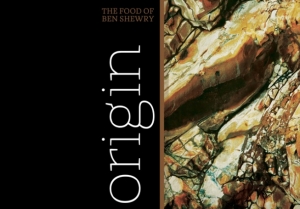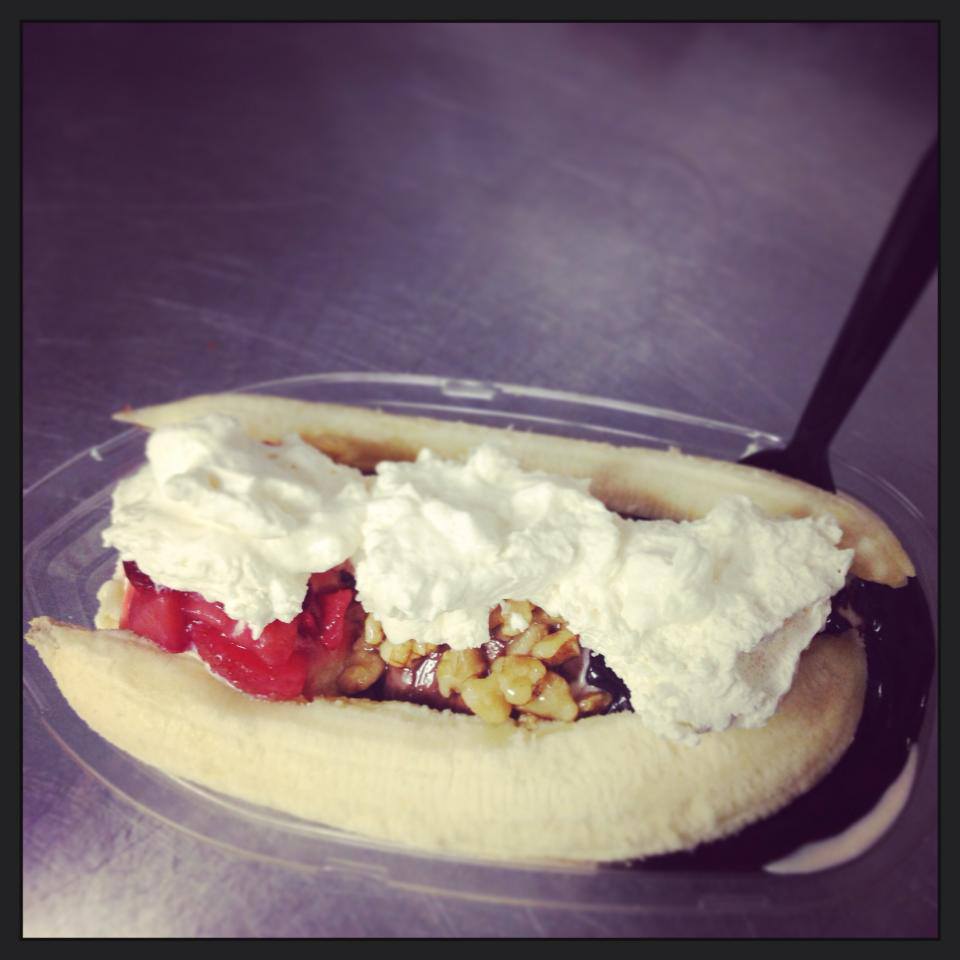Soil. The Other Black Gold.
When we think about natural resource depletion, most of us think fossil fuels, fresh water, or helium. Few would imagine our planet ever running out of topsoil. Yet according to a recent Cornell University study, that’s precisely what’s happening—at a rate of 10 to 40 percent a year, one of our most precious resources is being depleted.
Topsoil, as defined by Science Dictionary, is the upper portion of soil, usually dark-colored and rich in organic material. On average, our planet is covered with less than three feet of this vital compound. Without it, agriculture would cease to exist, and fish and algae, which depend on the transfer of top-soil-specific nutrients via rainwater, could face extinction. And because topsoil acts as a sponge, flooding would be more pervasive and destructive.
More topsoil facts:
- 37,000 square miles of cropland is lost every year to soil erosion.
- Over the last 40 years, erosion has resulted in a 30 percent reduction in the world’s arable soil.
- Air-borne dust, which is increased by erosion, acts not only as an abrasive and air pollutant, but also as a vector for over 20 infectious diseases.
- To replenish but a single inch of topsoil takes approximately one hundred years.
Indeed, such sobering statistics have led Cornell Professor of Ecology David Pimentel to call soil erosion “second only to population as the biggest environmental problem the world faces.” Modern agriculture, residential construction, deforestation, overgrazing, and mining all share some of the blame. Clearly, a change is needed—but what?
In terms of agricultural practices at least, a consensus does seem to be emerging. Tilling, once the industry-standard for controlling weeds, is now being reexamined. When we till, we leave soil exposed to wind and rain, the two biggest causes of erosion. Planting cover crops also reduces erosion; so too can leaving straw from previous harvests. Geotextiles, permeable fabrics used for reinforcement and protection, are yet another option.
Organic farming methods can also help. Pesticides and herbicides sap the soil of vital nutrients, leading to poor water retention and shallow root growth. A healthy, vibrant soil, with a diverse and thriving biology, is much more resistant to the forces of erosion. Only by focusing on soil biology, says Blue Moon Acres’ owner Jim Lyons, do we see decreased disease, greater sustainability, and improved nutrient levels—the cornerstones of erosion prevention. “Erosion is really just a symptom of a problem,” Lyons says.
Professor John Crawford of the University of Sydney takes it a step further. He recommends “…getting carbon back in the soil…” by adding manure and even considering “…using human waste from cities as fertilizer, instead of just flushing it all out to sea.” He also suggests developing pricing mechanisms that take into account the environmental and health costs of destructive agricultural and distribution practices. “Farmers need to be appropriately rewarded for regenerating the environment and producing food that supports a healthier society.”
The endangerment of topsoil is a crisis of the highest order, one that could well imperil both our species and our planet. Though the path towards soil sustainability is a trying one, it is nevertheless within our reach. The question is, will we rise to the challenge?

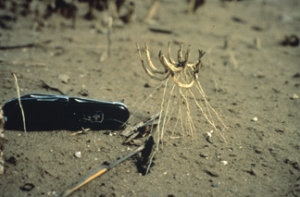

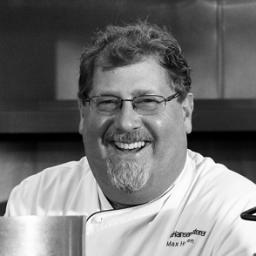 Max Hansen
Max Hansen
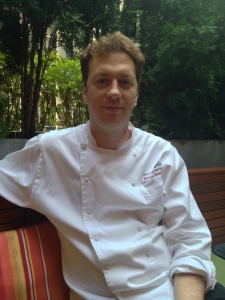 Aaron Fitterman
Aaron Fitterman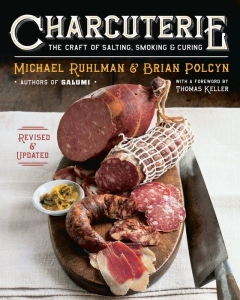
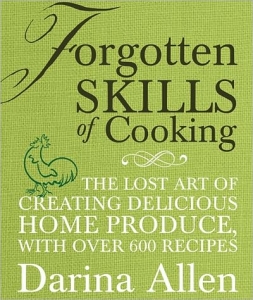
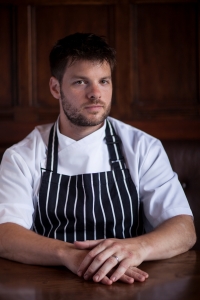 Chef Joe had to spend some time considering this question, as he spends a good part of his income on cookbooks. After careful consideration—not just of his favorite, but also if he is ready to share it with everyone—Joe recommends Darina Allen’s Forgotten Skills of Cooking. Allen is the founder and chef instructor of the Ballymaloe Cooking School in Ireland, and passes along basic cooking skills that may have skipped a generation or two in this 600-page tome. Between the recipes, Forgotten Skills of Cooking is about the joys of working for our food, relating to nature, and celebrating with friends and family. “She has a true connection with food. Her philosophy and ideals are what have influenced me on what true cooking is. This book is not just a cook book, it’s a textbook.”
Chef Joe had to spend some time considering this question, as he spends a good part of his income on cookbooks. After careful consideration—not just of his favorite, but also if he is ready to share it with everyone—Joe recommends Darina Allen’s Forgotten Skills of Cooking. Allen is the founder and chef instructor of the Ballymaloe Cooking School in Ireland, and passes along basic cooking skills that may have skipped a generation or two in this 600-page tome. Between the recipes, Forgotten Skills of Cooking is about the joys of working for our food, relating to nature, and celebrating with friends and family. “She has a true connection with food. Her philosophy and ideals are what have influenced me on what true cooking is. This book is not just a cook book, it’s a textbook.”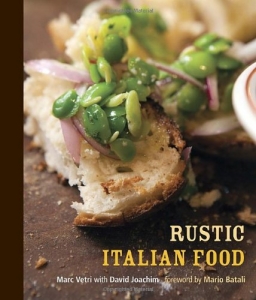 Chris Oravec
Chris Oravec

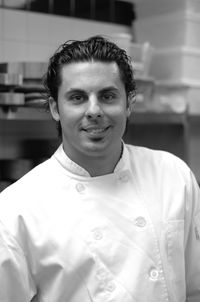 John Melfi
John Melfi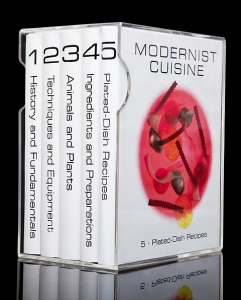
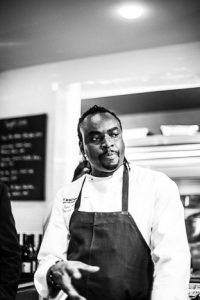 Sylva Senat
Sylva Senat
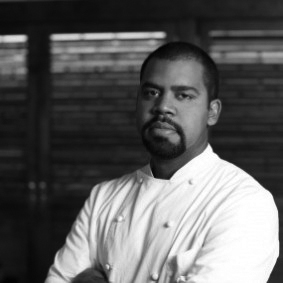 Junior Borges
Junior Borges